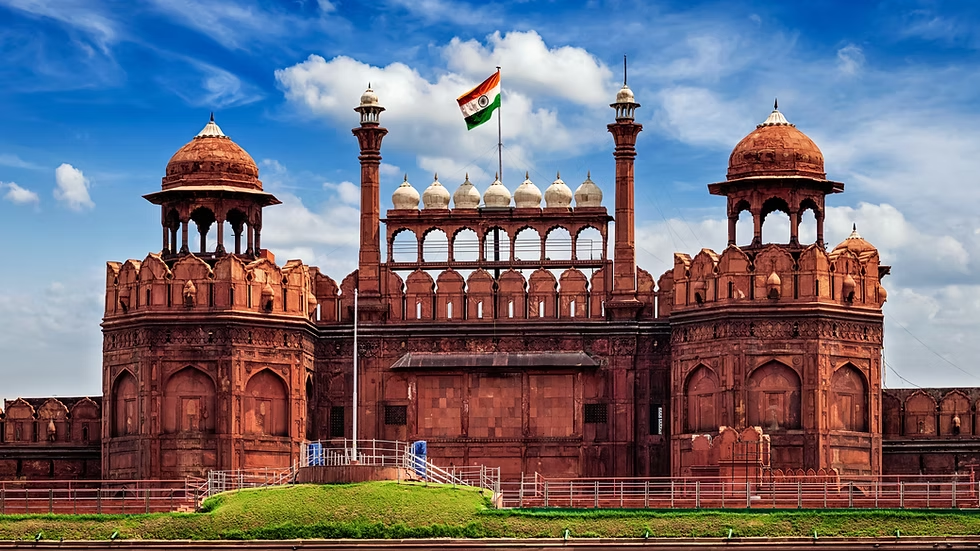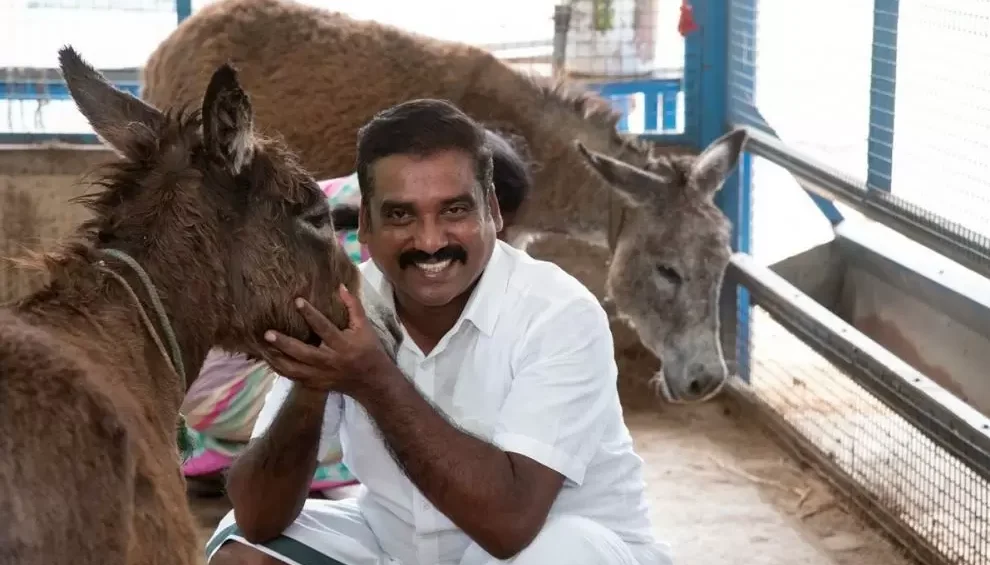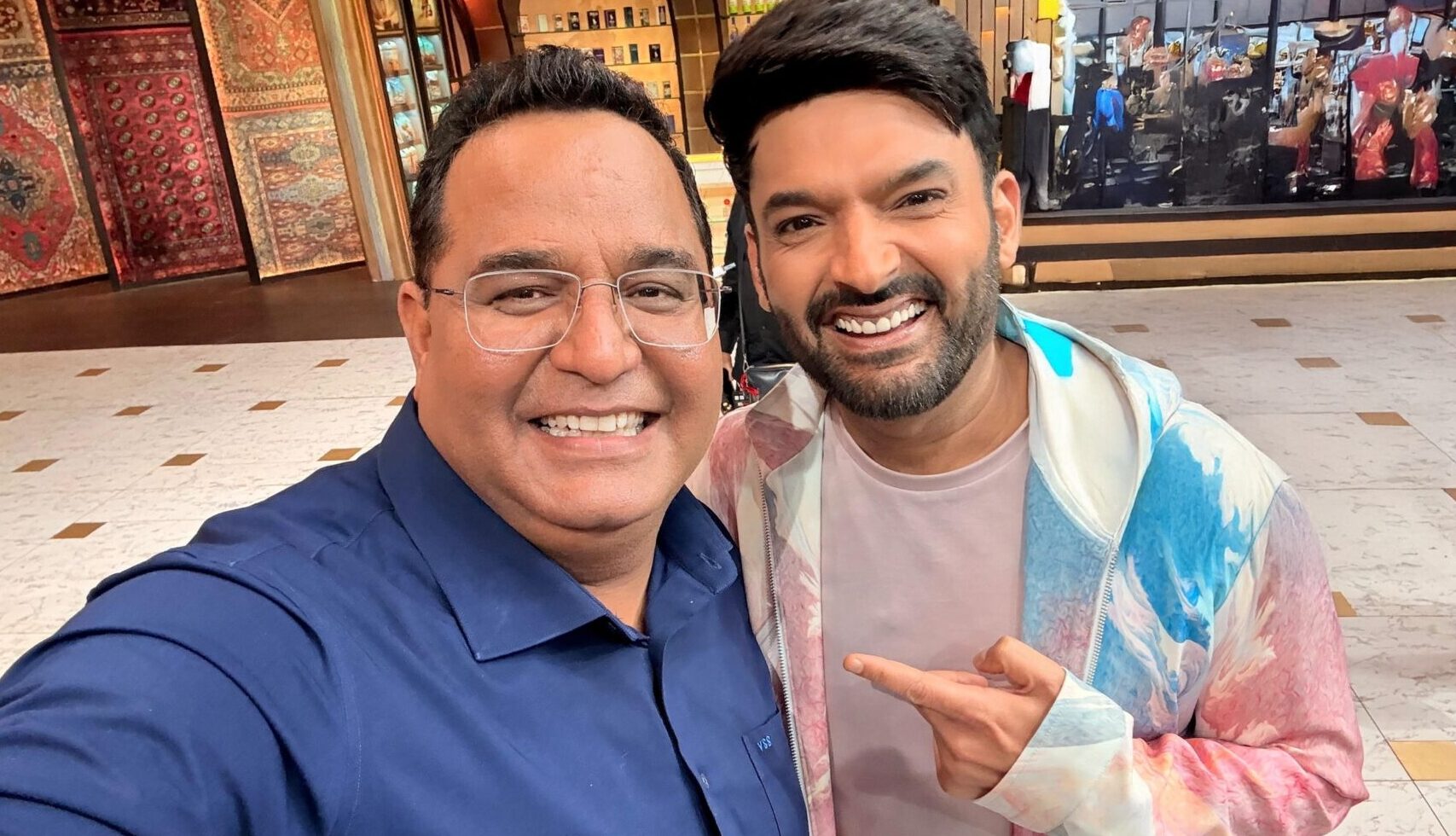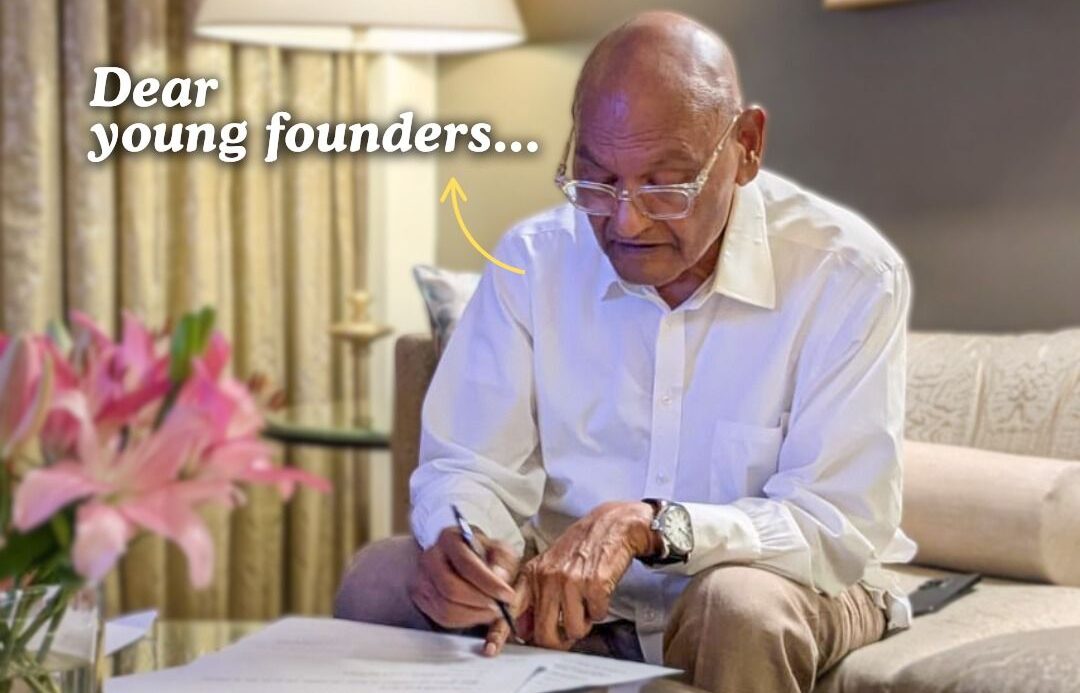The sight of Indian skipper Shubman Gill wearing a Nike base layer in the dressing room during the ongoing Test match has sparked quiet murmurs and sharp eyes, among cricket fans, marketers, and brand managers alike. While Adidas is the official kit sponsor for Team India, and holds exclusive rights to outfit the players on-field, the camera caught Gill sporting a rival brand behind the scenes.
No formal complaint has emerged yet, but the incident highlights a subtle, yet significant, dilemma in the intricate world of sports sponsorships: where does personal comfort end and brand visibility begin?
The Context: Sponsorships in Cricket
Sports sponsorship is not a question of offering kits; it is a high-level commercial arrangement. When Adidas signed up its multi-year agreement with the Board of Control for Cricket in India (BCCI), it gained sole rights to provide all official on-field and certain off-field clothing.
For a brand such as Adidas, the worth doesn’t lie in what is worn on the field but in the constant reaffirmation of their logo being part of moments of national pride and fan involvement, be it a cover drive, a wicket celebration, or even off-the-cuff shots in the dressing room.
Nike, which previously held the BCCI contract until 2020, has been replaced as the official kit sponsor, but remains a global giant in sportswear. Seeing Nike apparel on India’s captain, even in a non-playing moment, is bound to raise eyebrows.
What Happened?
During a live broadcast, cameras panned to the Indian dressing room where Shubman Gill was seen wearing a Nike base layer under his cricket whites. To the casual viewer, this might seem trivial. After all, players often wear their own training or comfort gear behind the scenes.
However, to sponsors, visibility during a broadcast, whether on the field or in the dressing room translates to advertising. Fans don’t always distinguish between “official” and “personal” apparel; what they see is a brand association.
The Rules and the Grey Areas
Most sponsorship contracts specify that players must wear the official sponsor’s apparel “on-field” and during “team appearances.” What counts as “on-field” is clear. But what happens when cameras broadcast what is meant to be private or informal, like a dressing room shot?
Cricket, more than many other sports, gives viewers unprecedented access to players even off the pitch. The dressing room is increasingly part of the spectacle, thanks to broadcasters hungry for authentic, behind-the-scenes content.
This blurs the line: while players are technically off-field, the dressing room is still very much “on-screen.” This creates a grey area in contractual obligations.
The Player’s Perspective
From a player’s point of view, comfort and performance are paramount. Many athletes have personal preferences for undergarments, compression layers, or footwear, even if these aren’t from the official sponsor.
For example, certain base layers may help with muscle recovery, sweat management, or just feel more familiar, especially for cricketers who have long-standing relationships with other brands or products.
It is unlikely Gill intended this as a statement or breach; rather, it appears to be a case of personal comfort.
The Sponsor’s Perspective
For Adidas, however, the optics can be problematic. Their brand pays a premium to be synonymous with Indian cricket. Any visible intrusion by a rival brand, especially on the captain can undermine that exclusivity and dilute the sponsorship’s value.
Even if not a legal breach, it forces sponsors to ask: Are they getting what they paid for? And should contracts be updated to cover these grey zones more explicitly?
The Larger Question: Should It Matter?
In a brand-saturated world, others would claim this is an exaggeration. Is one brief sight of a competitor brand in the dressing room really hurting?
But brand sponsorship is all about opinion, and the total impact of such incidents can wear away at the exclusivity brands rely on. With millions watching live, even small lapses get amplified.
At the same time, enforcing draconian rules about what players can wear in private spaces could harm trust and morale within the team.
What Can Be Done?
This episode underlines the need for clearer communication and updated contracts to reflect the realities of modern broadcasting.
- Clarify boundaries: Contracts could specify not just “on-field” but “on-camera” moments.
- Provide full-kit solutions: Sponsors can ensure players have access to comfortable base layers, socks, and accessories in line with personal preferences.
- Educate players: Teams and boards can sensitize players about brand obligations and the potential impact of choices, even inadvertent ones.
Not a Scandal Ofcourse
The Shubman Gill-Nike-Adidas moment is not a scandal, but a reminder that in the high-visibility, high-stakes world of sports sponsorships, even seemingly minor details matter.
For players, it reinforces the importance of being mindful of the brands they represent. For sponsors and boards, it’s a cue to rethink contracts, provide better gear, and adapt to the blurred lines between private and public spaces in sport.
Ultimately, the goal should be a balance: allowing athletes the comfort and freedom they need to perform at their best, while preserving the integrity and value of sponsorship deals that sustain the sport.
























